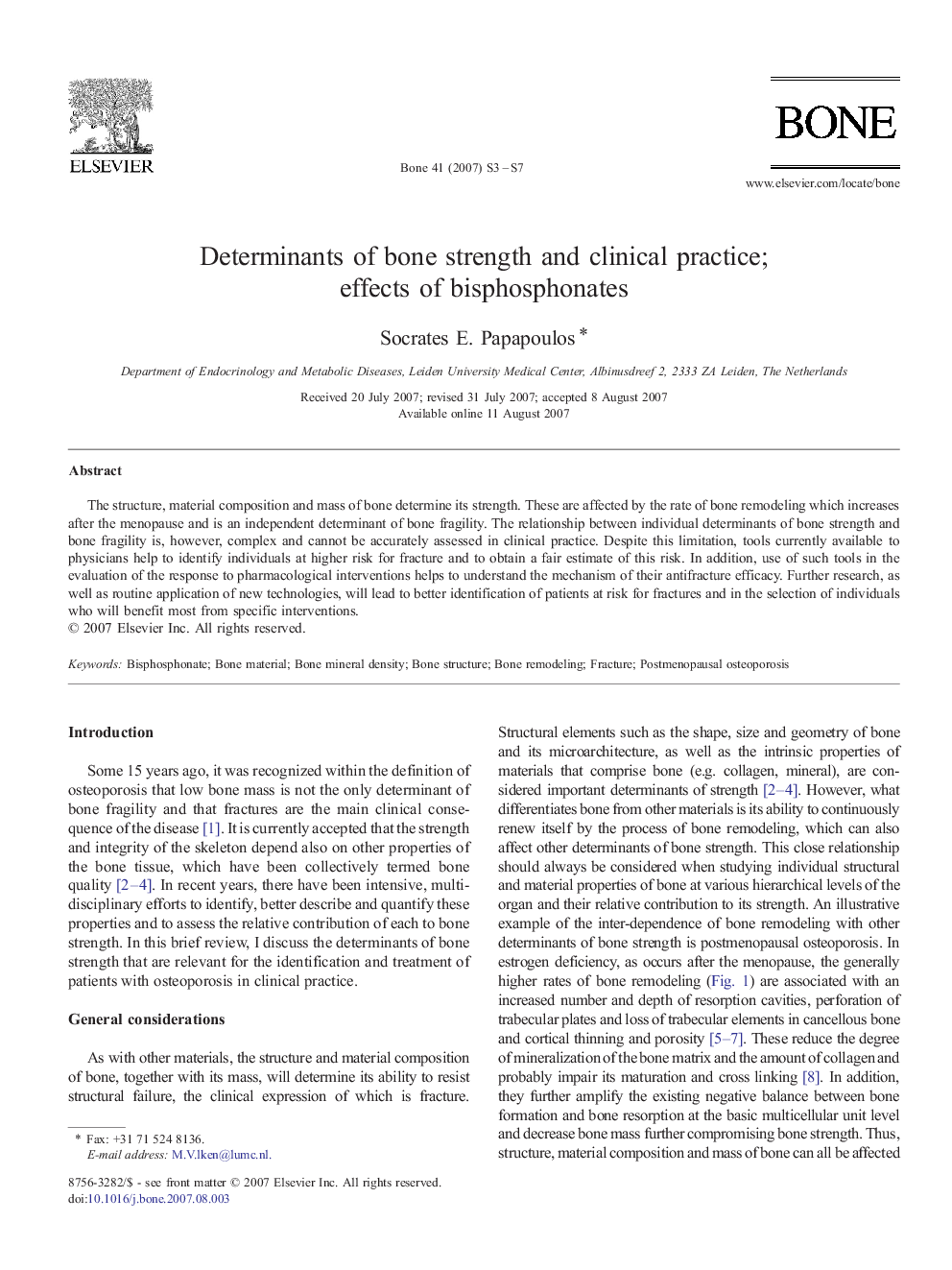| Article ID | Journal | Published Year | Pages | File Type |
|---|---|---|---|---|
| 2782872 | Bone | 2007 | 5 Pages |
Abstract
The structure, material composition and mass of bone determine its strength. These are affected by the rate of bone remodeling which increases after the menopause and is an independent determinant of bone fragility. The relationship between individual determinants of bone strength and bone fragility is, however, complex and cannot be accurately assessed in clinical practice. Despite this limitation, tools currently available to physicians help to identify individuals at higher risk for fracture and to obtain a fair estimate of this risk. In addition, use of such tools in the evaluation of the response to pharmacological interventions helps to understand the mechanism of their antifracture efficacy. Further research, as well as routine application of new technologies, will lead to better identification of patients at risk for fractures and in the selection of individuals who will benefit most from specific interventions.
Keywords
Related Topics
Life Sciences
Biochemistry, Genetics and Molecular Biology
Developmental Biology
Authors
Socrates E. Papapoulos,
